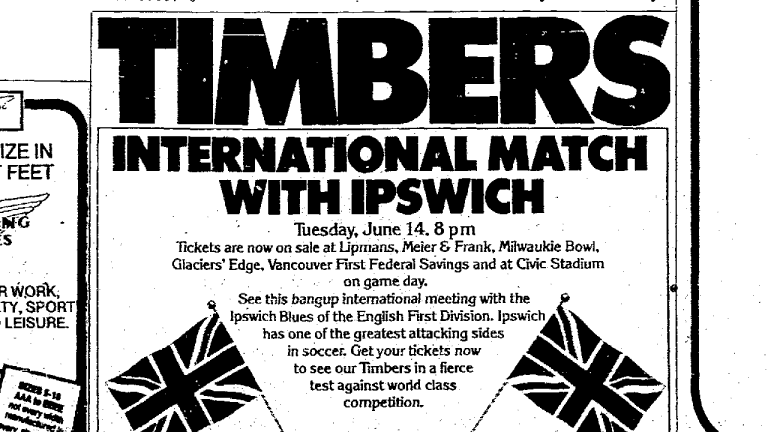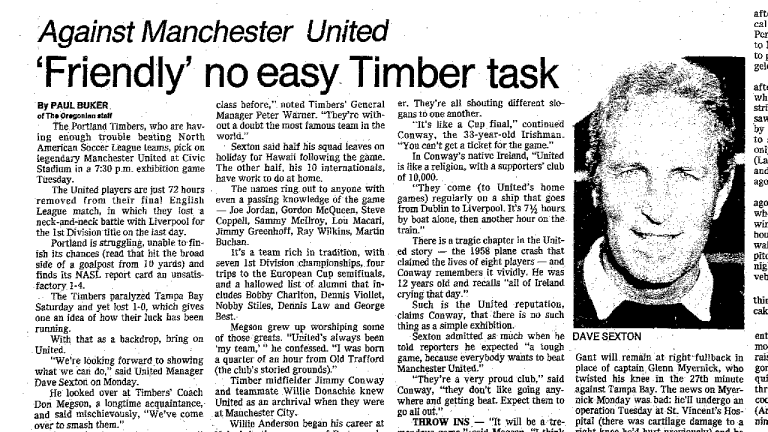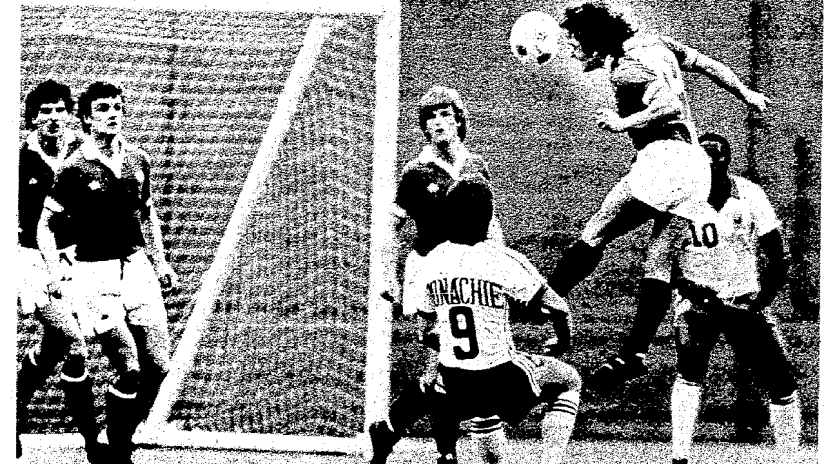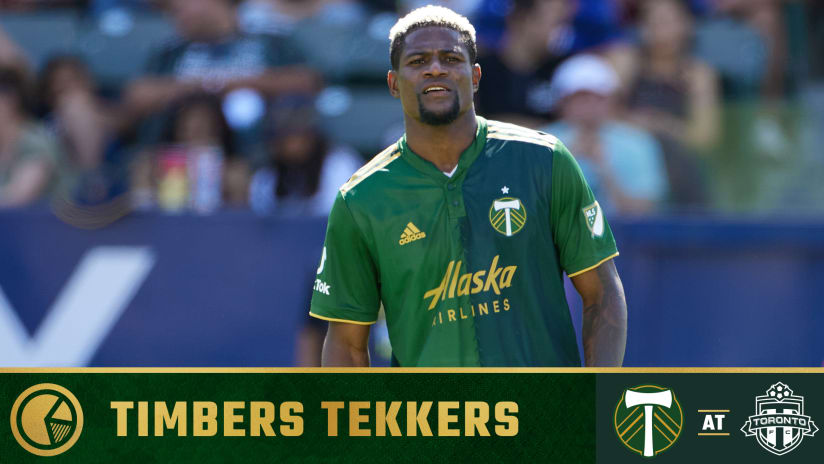Editor’s Note: Venerable Providence Park turned 90 years old this year. Designed by A.E. Doyle—a ubiquitous Portland architect for his era who designed the downtown Multnomah County Library, the Meier & Frank Building (now The Nines Hotel) and much of Reed College, among others—Multnomah Stadium, as it was first called, was built as part of the neighboring Multnomah Athletic Club in 1926.
Before becoming an American soccer mecca, the stadium hosted countless sports and non-sporting events as well as undergoing a few name changes adjusting from Multnomah Stadium to Civic Stadium to PGE Park to JELD-WEN Field and finally to the current Providence Park. From ski jumping to greyhound racing to major college football, the stadium has become a civic icon in the Rose City.
While soccer has emerged as its main event with the dawn of a new century, the beautiful game has made a home at the stadium throughout its 90-year history. Timbers.com will be running occasional pieces throughout the year on the different soccer eras at Providence Park. This third installment examines the birth of the first version of the Portland Timbers and the arrival of numerous international teams to the stadium. The majority of the information was gathered using and cross-referencing the Oregonian’s archives.
Close to forty years after Multnomah Stadium’s first bricks were laid, and following a near three-decade lull after World War II, soccer became a major feature at then-named Civic Stadium in 1975, when the North American Soccer League (NASL) announced Portland would receive a franchise. Named the Timbers two months after the January announcement, the new soccer club joined the World Football League's Portland Storm and minor league baseball team the Portland Mavericks, as tenets of the historic venue.
The club quickly became embedded in the fabric of the Rose City. With fantastic crowds and popular players such as Peter Withe and Willie Anderson, the Timbers brought the stadium alive in their inaugural season. Timbers Executive Don Paul dubbed Portland, "Soccer City, U.S.A." after it sold out a July match against the new rival Seattle Sounders.
- READ: A Full 90 | Soccer a part of the stadium since its opening in 1926
- READ: A Full 90 | Soccer's quieter period in the mid-20th century
After a successful first season that saw the club finish as the league's runners-up, Portland started to look beyond the NASL to find additional opponents to bring to Civic Stadium. From 1976 to 1981, Portland's NASL franchise hosted nine friendlies against teams from Scotland, England, and Guatemala.
The first international friendly involving the Timbers took place on May 23, 1976 when the team took on Rangers F.C. from Glasgow. Rangers came into the friendly on the back of one of the greatest seasons in the history of the club, having secured a domestic treble (Champions of the Scottish Premier Division, the League Cup, and the Scottish Cup). The Scottish champions were making their first appearance in North America since the 1930s, playing four NASL teams in a span of nine days.
Just two minutes from full time, Rangers substitute Alex O'Hara scored a goal to put the visitors up 2-1 and continue a 32-game unbeaten streak for Scottish side. Portland goalkeeper Jim Cumbes, who had nine saves in the match, told the Oregonian that he thought O'Hara was offside but the goal stood. After the match, Rangers head coach Wallace said that Portland was "the best team we've played" and complemented the team's competitiveness. Along with the burgeoning growth of soccer, the match paved the way for many future international friendlies for the club.

Ad for friendly against Ipswich Town (The Oregonian)
The following season, the Timbers hosted two June friendlies against English competition, as well as the NASL Soccer Bowl. On June 1, 1977, Portland scored a 3-0 victory over second-division Bristol Rovers with goals by Pat McMahon, Willie Anderson, and Archie Roboostoff. Bristol was managed by Don Megson, who went on to become the Timbers manager in 1978. Two weeks later, Ipswich Town, who had finished third in England's top-flight the previous season, paid a visit to the Rose City. Future England international Billy Gates scored a late equalizer in a 1-1 match in front of 11,842 fans, which was the largest attendance of any international friendly in Portland's NASL era.
Portland played sturdy soccer and Timber coach Brian Tiler was not too far afield if at all when he said, “We could have and should have won.”
—The Oregonian, June 15, 1977
The most well-known club to visit Civic Stadium during the 1970’s and 80’s was Manchester United. Just three days after finishing second in England's First Division due to a final-day loss to Leeds United, the English powerhouse played against the Timbers in Portland. In the run-up to the match, Timbers general manager Peter Warner told the Oregonian that Man United was "without a doubt the most famous team in the world."

The
Oregonian preview of the Timbers game against Manchester United
Portland outshot their English foes, 17-14, but was unable to beat United goalkeeper Gary Bailey. An early Lou Macari goal was the difference as Man United defeated the Timbers 1-0. After the match, the majority of Red Devils squad flew to Hawaii for a vacation.
“…I chalk this up as a good experience for us, because they’re one of the greatest teams in the world.”
—Jimmy Conway, The Oregonian, May 7, 1980
The next season in 1981 was the last for the Timbers in NASL, but not the last time soccer ruled Portland. The United Soccer League would bring about a growing return in 2001, followed by the club’s spectacular debut in Major League Soccer in 2011.












